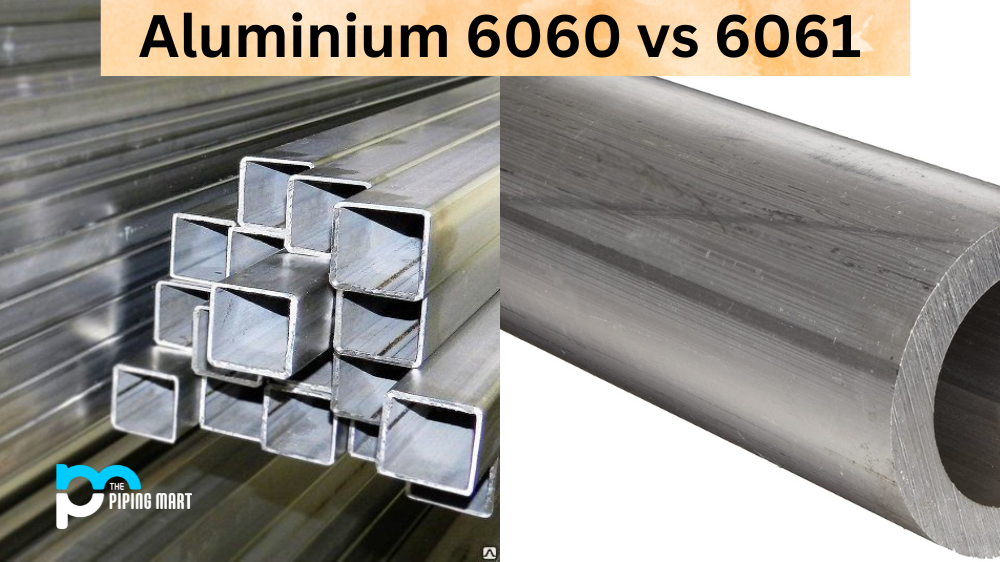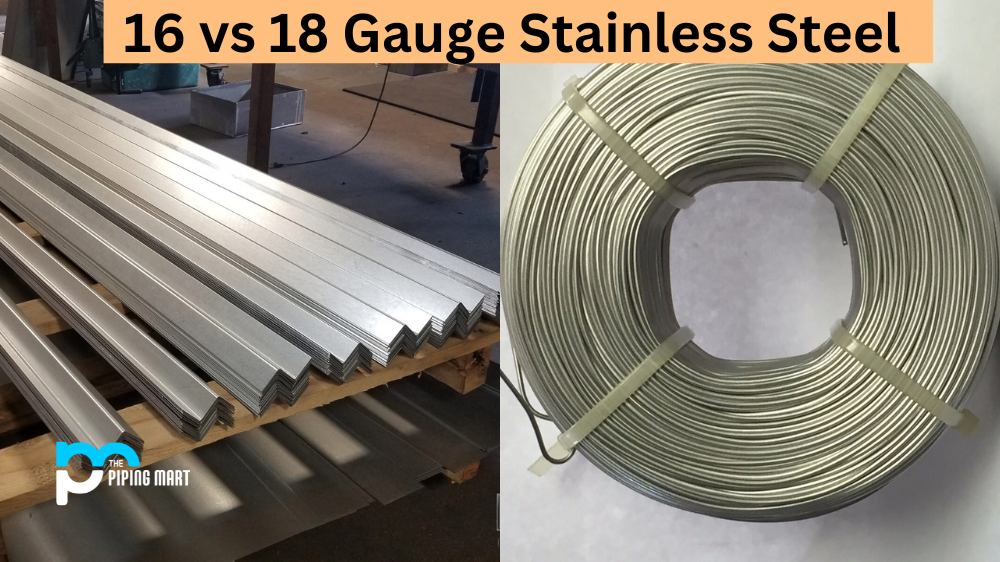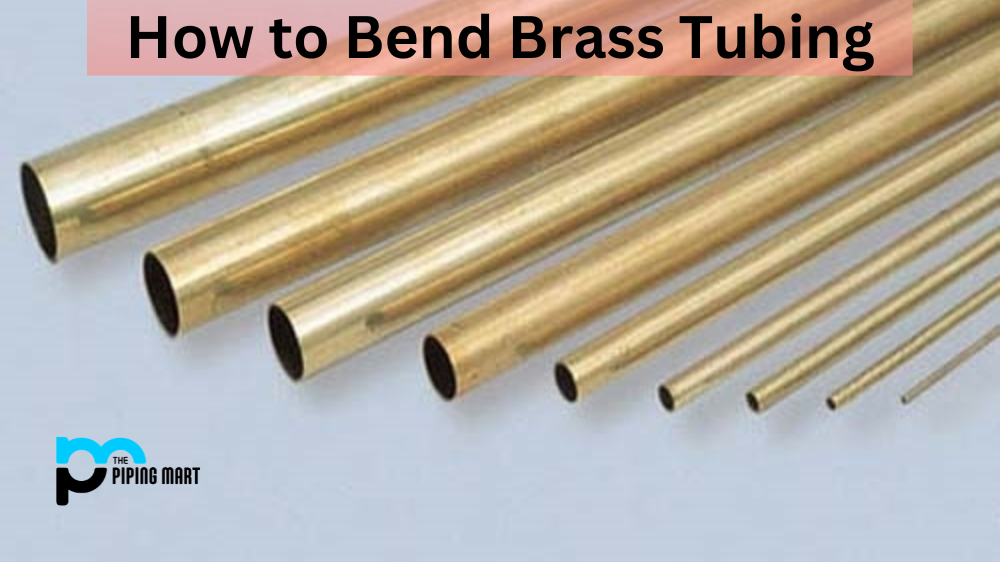When choosing the right aluminium for your project, sifting through all available options can be overwhelming. Two common types that you may come across are 6060 and 6061. While they may seem similar at first glance, important differences between these alloys can impact your final product. In this blog post, we’ll break down the differences between 6060 and 6061 aluminium and help you decide which option is better for your needs.
Difference Between Aluminium 6060 and 6061
Aluminium alloys are widely used in engineering structures and components requiring light weight or corrosion resistance. Alloys in the 6000 series are easy to machine, have good formability and weldability, and offer good corrosion resistance. Aluminium 6060 is a medium strength heat treatable alloy with good corrosion resistance and weldability. Aluminium 6061 is a high-strength heat-treatable alloy with good corrosion resistance and weldability.
Chemical Composition
The main difference between aluminium 6060 and 6061 is their chemical composition. Aluminium 6060 contains less silicon, magnesium and chromium than aluminium 6061. This results in a lower strength but higher ductility for aluminium 6060. Aluminium 6061 contains more silicon, magnesium and chromium than aluminium 6060. This results in a higher strength but lower ductility for aluminium 6061.
Physical Properties
Aluminium 6060 has a lower density than aluminium 6061. This results in a lighter weight for aluminium 6060. Aluminium 6061 has a higher density than aluminium 6060. This results in a heavier weight for aluminium 6061. Aluminium 6060 has a lower melting point than aluminium 6061. This means working with aluminium 6060 at high temperatures can be easier. Aluminium 6061 has a higher melting point than aluminium 6060. It can be more difficult to work with aluminium 6061 at high temperatures.
Applications
Aluminium alloys are commonly used in the aerospace industry due to their lightweight and high strength-to-weight ratio. Aluminium alloys are also used in the automotive industry for their corrosion resistance and lightweight properties. Aluminium alloys are also used in the construction industry for their durability and low maintenance costs.
Pricing
Aluminium alloys are priced according to their chemical composition, strength, formability, weldability and corrosion resistance. Aluminium alloys with higher strength-to-weight ratios are more expensive than those with lower ratios.
Conclusion
So, which one should you choose – aluminium 6060 or 6061? Ultimately, it comes down to your specific needs and priorities. If you need something lightweight, easy to fabricate, and highly corrosion-resistant, 6060 may be the better option. On the other hand, if you need something that can handle heavy loads and has excellent weldability, 6061 may be better suited for your project. When deciding, consider factors such as strength, application, surface finish, and pricing. With careful consideration, you can choose the aluminium alloy that will best meet your needs and ensure a successful project.

Pipingmart is a B2B portal that specializes in metal, industrial and piping items. Additionally, we share the latest information and information about materials, products and various types of grades to assist businesses that are involved in this business.




